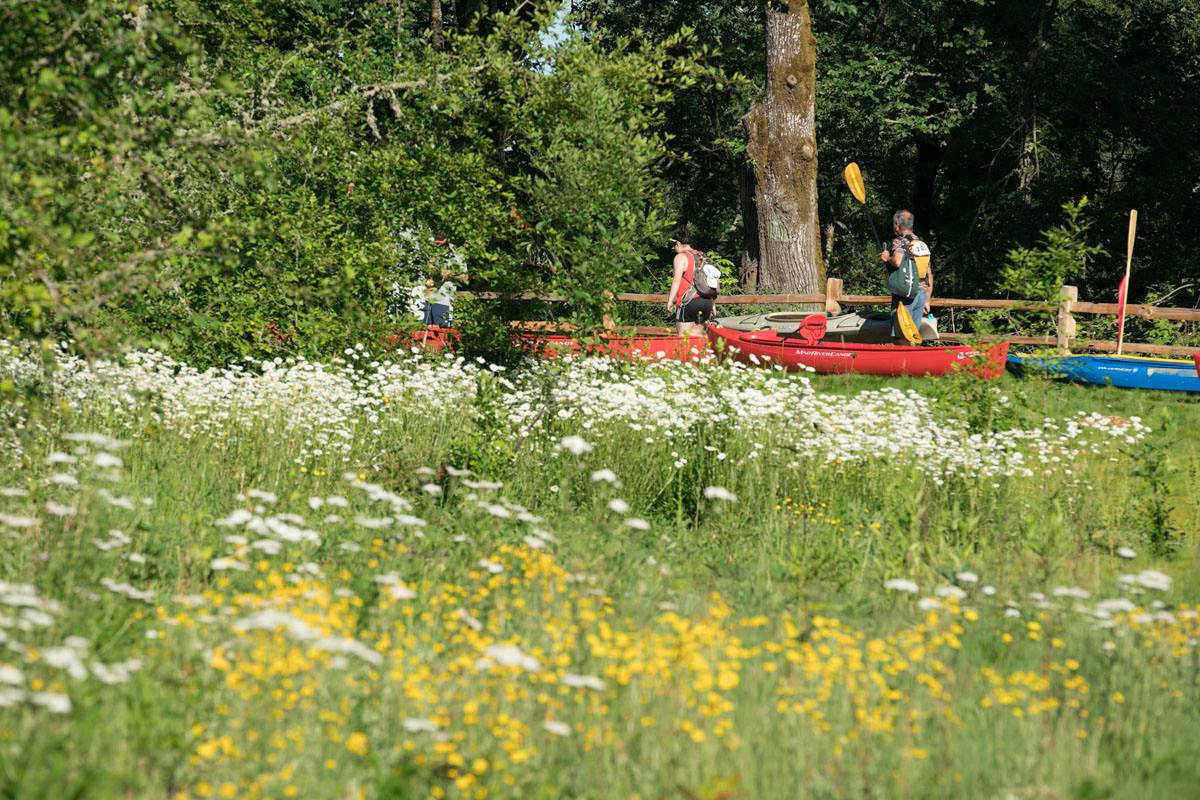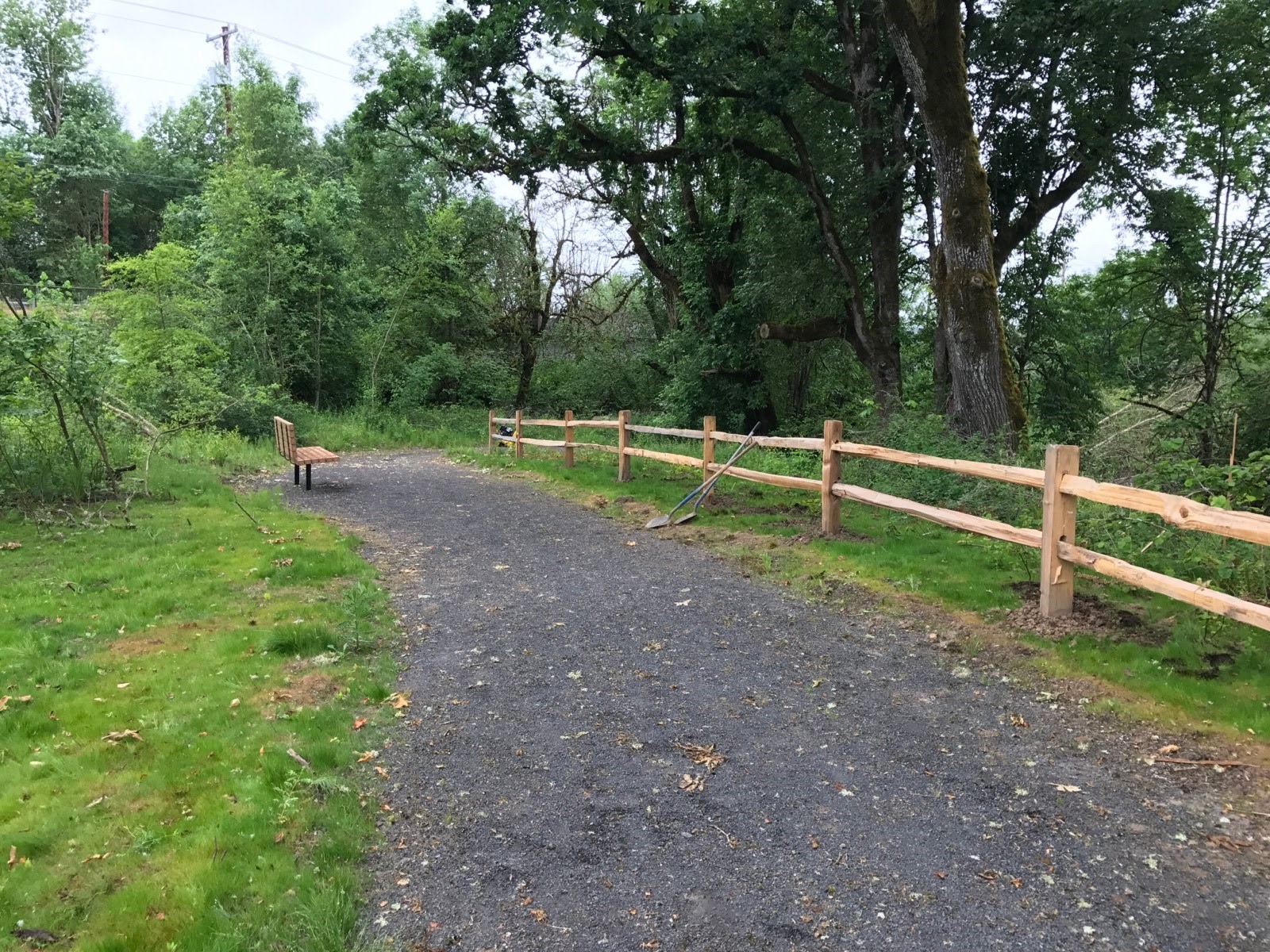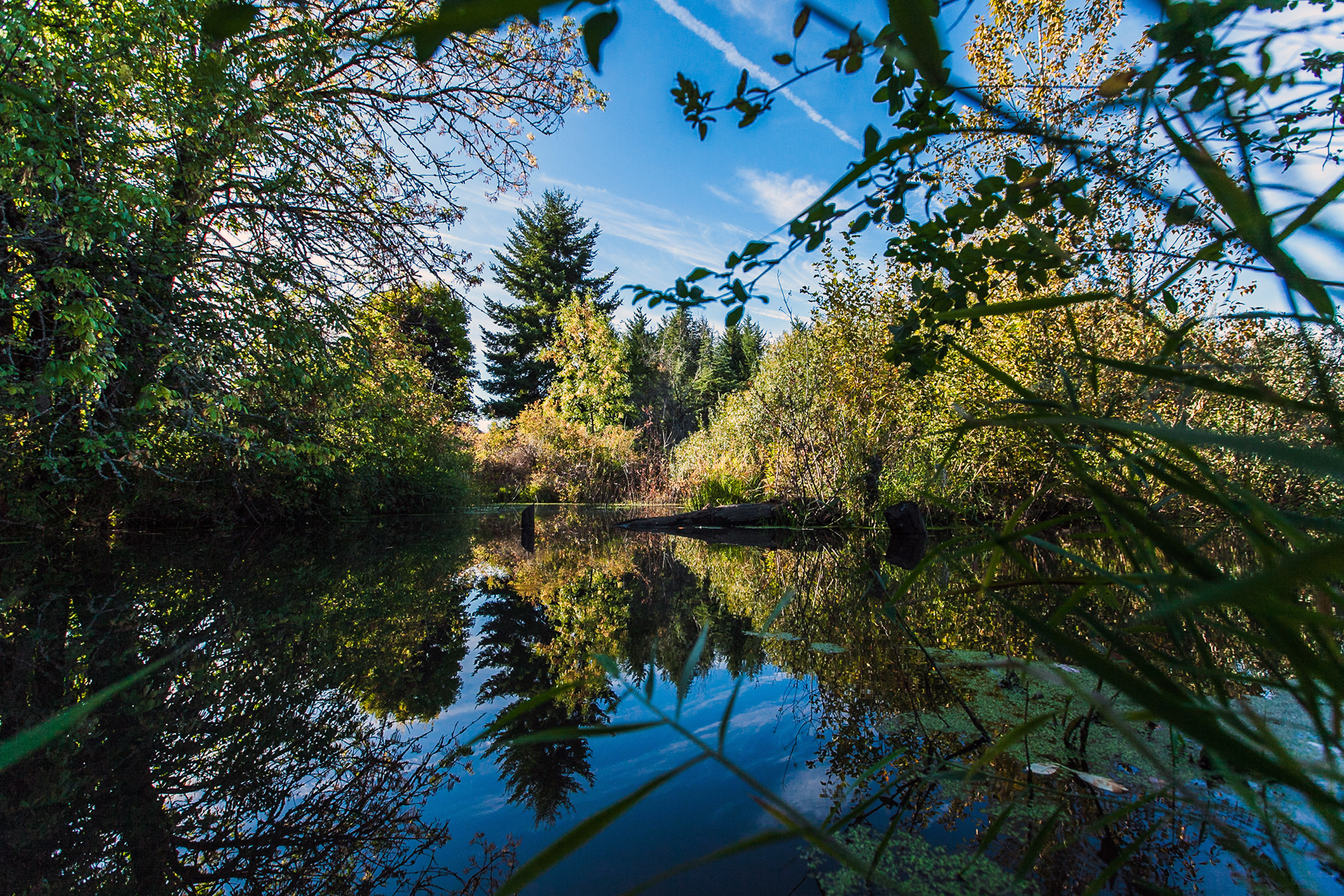“We fell in, but the water was warm and we laughed about it.”
“We had a great time and will come back soon.”
“It’s super to have a new paddle launch so close to my home.”
“My legs feel like jelly but I want to do it again.”
From experienced kayakers who have navigated hundreds of water miles, to first timers who enjoyed the easy ride from the middle seat in a canoe, everyone had a blast at this year’s Discovery Day, which celebrated the opening for the new Farmington Paddle Launch.
Centro Cultural, Clean Water Services, Metro and Tualatin Riverkeepers staff and volunteers were on hand to ensure that all boaters had the right equipment and safety gear to enjoy their ride. Discovery Day, a Riverkeepers event now in its 28th year, is all about the Tualatin River. It’s a day to showcase the river’s beauty and health and to introduce more people to one of our region’s important natural and recreational assets. In fact, kicking off the day’s event was a short program featuring community and elected leaders who shared their vision and the collaborative undertaking that resulted in the Farmington Paddle Launch.
We learned that over 10,000 native plants were installed by work crews and community-driven programs using the help from volunteers. Lots of invasive weeds were removed so that native habitats will support more birds and wildlife. In the coming decades, partners will continue to work side by side to ensure the site adds ecological, economic and recreational value for Washington County.
The history of the Tualatin River is well known. Fifty years ago, the river was a mere trickle, wetlands were drying up, and wildlife habitat was disappearing. Pollution was so bad that the state imposed a building moratorium. Not anymore. Judging from the smiles on full display as folks were helped out of their boats at the Farmington Paddle Launch dock, the Tualatin River is no longer a place to avoid.
Even newcomer Claudia, who just moved to Tigard from San Francisco, noted the changes by telling her sister, “check out the river, it’s lovely and not a mess anymore.”
















































